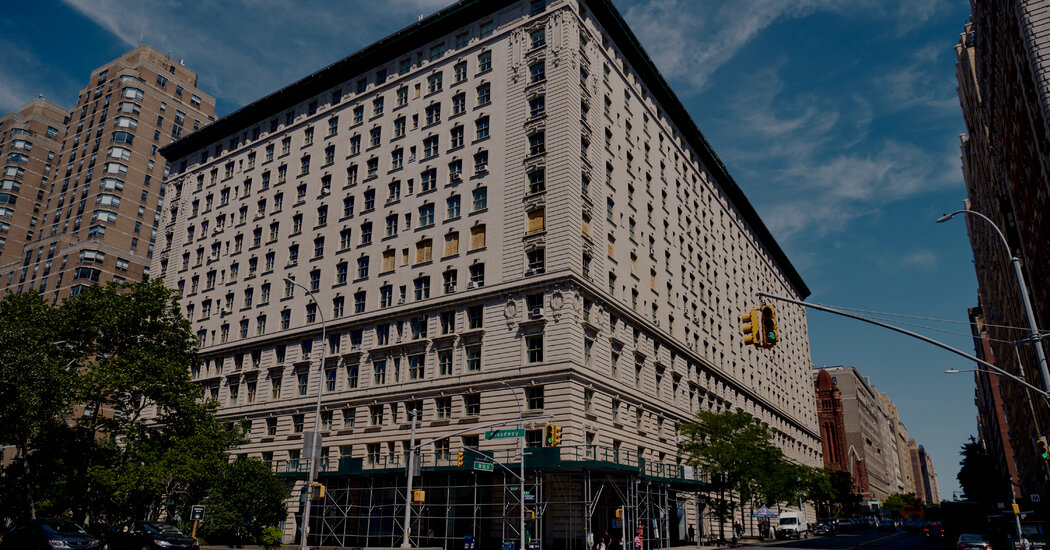
One Friday evening in early June, Debbie Marx, a Latin teacher and longtime Belnord resident, led a visitor through her unrenovated classic seven, its meandering, book-lined hallways a time capsule from 1959, the year her parents moved in. Her father, Josef Marx, was an oboist and musicologist who had his own music publishing company; her mother, Angelina, had been a ballerina. Ms. Marx moved back into her childhood apartment in the late 1980s, when she was pregnant with her first child and her mother was living there alone. Ms. Marx’s father had died in 1978, a victim, in a way, of the Belnord battle, having suffered a heart attack in the courthouse during a hearing with his fellow tenants.
Ms. Marx recalled growing up in the building — playing handball in the courtyard, which was forbidden by Mrs. Seril, and slipping through the bars of the fence to the off-limits garden, by then a riot of shrubs and trees. She had her own courtyard gang, with Walter Matthau’s daughter Jenny and others, but their transgressions were mild: nicking the hat from a doorman, commandeering the service elevator, dropping the odd water bomb.
“It’s like an archaeological site,” Richard Stengel said of the building. “The further you burrow down, you get a different culture and history.”
Mr. Stengel, the author, journalist and former State Department official, has been a tenant since 1992, when he moved into an apartment that had been charred by a fire and left vacant for years. (If you see Mr. Stengel on MSNBC, where he is a contributor, with a deep red bookshelf behind him, he is broadcasting from his apartment at the Belnord.)
John Scanlon, the wily public relations man who died in 2001, was also a ’90s-era tenant. In those days, Mr. Scanlon was embroiled in another long-running New York City real estate battle: the first Trump divorce. (He was Ivana Trump’s spokesman.)
Like Mr. Stengel, Mr. Scanlon was a member of a Belnord demographic that you might call literary-and-publishing adjacent. He liked to tease Mr. Stengel, who was then an editor of Time magazine, when they collided in the courtyard: “How does it feel to be on the cutting edge of the passé?”




